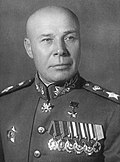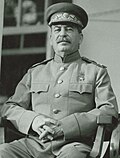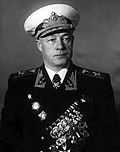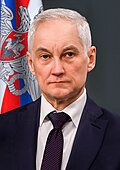Provisional Government (1917)
| Ministers of War and Navy of the Russian Provisional Government [1] | ||||
|---|---|---|---|---|
| Portrait | Name | Time in office | Chairman of the Provisional Government | |
 | Alexander Guchkov | 2 March 1917 | 30 April 1917 |  |
 | Alexander Kerensky | 5 May 1917 | 1 September 1917 | |
 | ||||





































